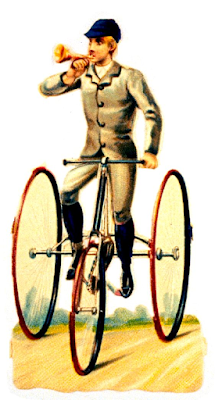The Dusty 100 Gravel Challenge--
Alberta's bugliest gravel event.
Come join us for a day of classic Alberta gravel riding that includes a stretch along the scenic Victoria Trail, exquisite gas-station cuisine, and copious amounts of dust.
No registration fee. All are welcome: gravel lovers, the gravel-curious, and anyone up for a dusty adventure.
We have two route options:
The Classic Dusty 100-km Route. Bugle call at 9 am.
And the Li'l Dusty Half Hundred. Bugle call at 11 am.
These routes will be confirmed a week ahead of time, after the Dusty crew recons the situation on the local roads.
Park at the small lot beside the flag poles, one kilometre east of Metis Crossing campground. There's a rustic toilet there (the kind that will do the trick but isn't a place you'd want to linger). But there's no water; bring yer own.
A few things to know:
This is not a race, though some participants will ride it fast. We usually end up with some fast, medium, and slow groups.
But know that this is NOT a no-drop ride; in fact, people will almost certainly be dropped, some might get lost, and others will get half way through, wonder why they ever agreed to try this, and seek out a short-cut back to the parking lot.
RIDERS MUST BE COMPLETELY SELF-SUPPORTED.
No real prizes will be awarded, though we tend to give out a Surprise Bag to the Dustiest Rider.
Riders will be given a GPX file and, if you want it, an old-school cue sheet--that's all.
There is a lovely Petro Can at Waskatenau at about the 60-km mark. It's got a surprisingly tasty selection of baked goods. That's the only supply point. Most riders stop there for a break.
Ride whatever kind of bike you like but be prepared for a range of gravel conditions, from hardpack to softloam.
THE DUSTY 100 IS HARD. THAT'S WHY WE CALL IT A CHALLENGE!
Heed the bugle!






.jpg)






